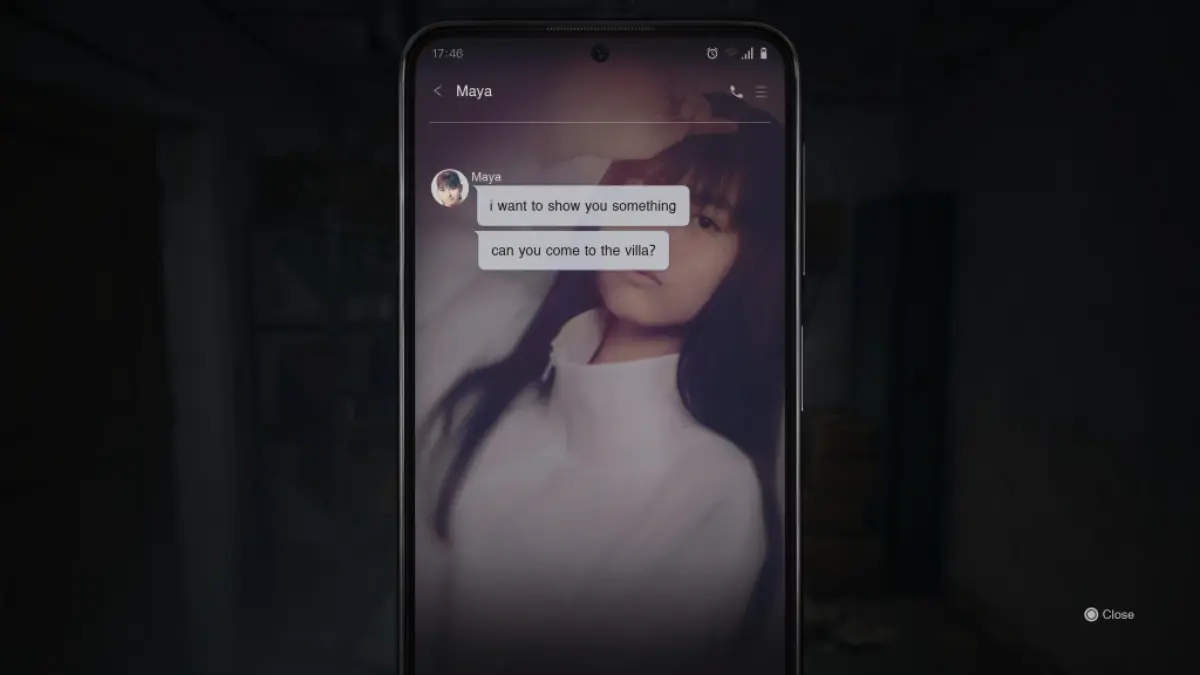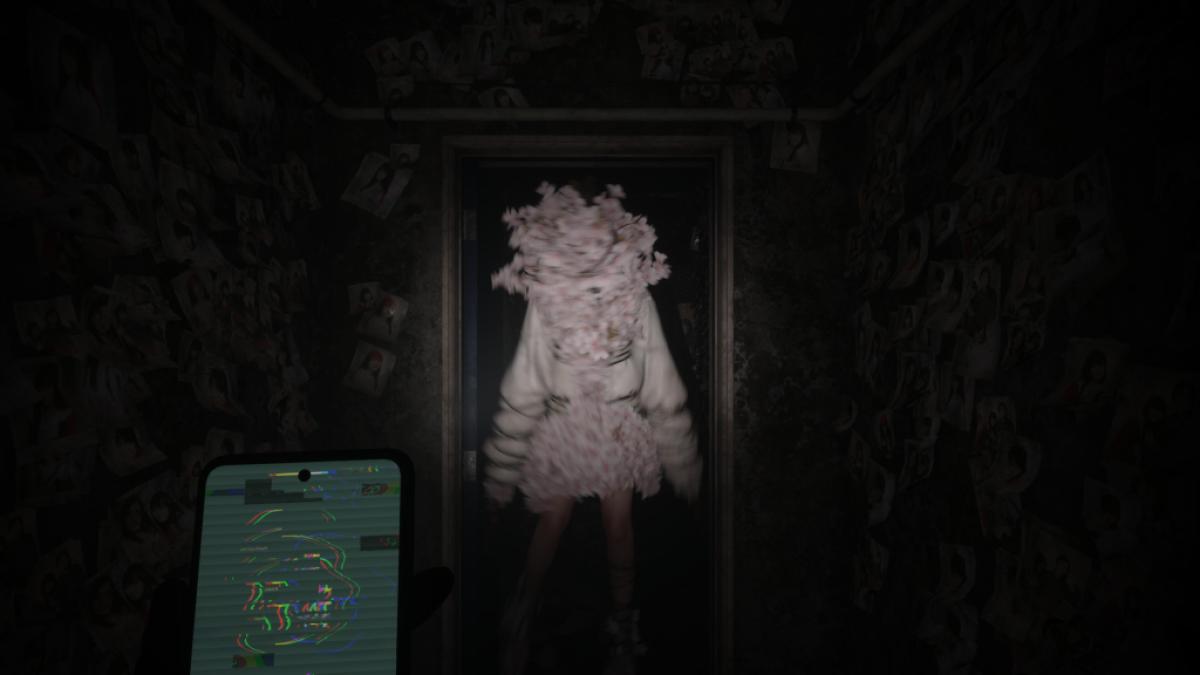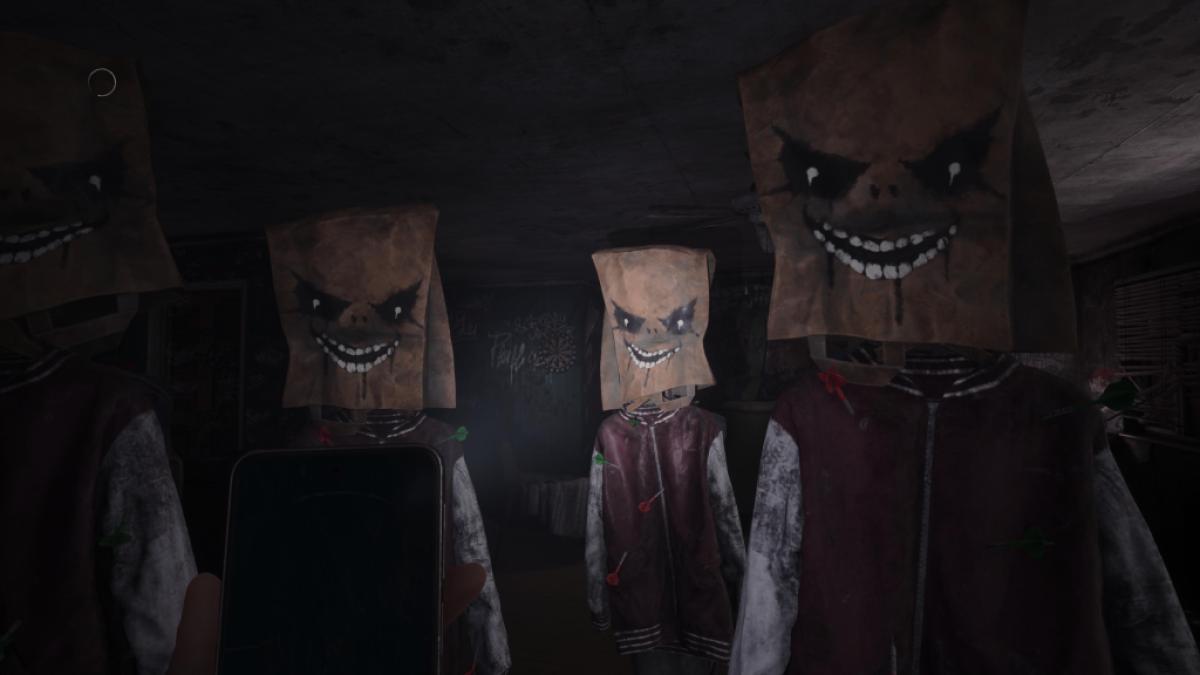

Silent Hill: The Short Message – A Nostalgic Return To Horror
It’s been such a long time since we’ve had an actual Silent Hill game. I’ve been vocal about my disappointment with Silent Hill: Ascension, but I’m so thankful that Silent Hill: The Short Message exists and is an honest-to-God Silent Hill game. Announced during PlayStation’s January 2024 State of Play, most people were just expecting to hear more information about Silent Hill 2, but right before it, we got a trailer for a new game that was rumored to exist back in 2022. While we did get a new trailer for Silent Hill 2, in not even two minutes, I cared more about Silent Hill: The Short Message than Bloober’s divisive remake. Maybe it was because of its elusive status of The Short Message, or maybe because this game was shadow-dropped and released for free, but the second I saw this trailer, I knew I needed to play it.
Of course, without even playing it, comparisons are inevitably going to be made between Silent Hill: The Short Message and P.T. Both are bite-sized horror games released for free that have similar concepts and execution, and I’ll be upfront, The Short Message is no P.T. That’s not a condemnation though. P.T. seemed to be surgically designed to terrify players and frustrate them with some ludicrously obtuse puzzles. The Short Message is a lot more accessible, yet it isn’t as scary. There are still some unnerving moments and very dark themes within it, but it isn’t fair to compare The Short Message and its intended goals to arguably the scariest game of all time. In many ways, I almost prefer the more accessible and clearer The Short Message because it has a clear story with a beginning, middle, and end.
The game centers around a teenage girl named Anita. Anita is clearly depressed and is dripping in self-loathing, venturing into an apartment complex called the Villa to meet her friend Maya. We see multiple texts between Anita and Maya, as well as a conversation between Anita and her college-bound friend Amelie. Of course, there’s something else going on in this abandoned apartment complex, one known for teen suicides, and as Anita makes her way deeper and deeper into the area, the world begins to twist in the ways a Silent Hill game should twist, and Anita is chased by a monster with cherry blossoms for a head.

I will admit that Silent Hill: The Short Message didn’t really make a great first impression. Whenever we see a close-up of Anita, her character model always looks unnatural, and the rampant voice acting isn’t great. Anita feels the need to comment on everything she sees, and while that’s standard for the series, the sheer amount of voice acting given to these lines is distracting. What’s made even worse is that outside of the main characters, a lot of the voice acting comes across as hokey and forced and oftentimes not even properly lip-synced, but not in the way that the classic games had odd deliveries to convey the sense of unease in the environment. No, this is just weird voice acting that feels out of place in a Silent Hill game.
What eventually helped win me over were the flashback sequences involving Maya, all of which appeared to be filmed in live-action. These scenes are simultaneously emotionally vulnerable and slightly dreadful as we get a deeper insight into Maya and realize that something isn’t right. Even the out-of-sync voice acting kind of works, emphasizing the disconnect between her bright and positive exterior and the reality she and the rest of the cast face. Slowly, you, as the player, begin to piece together that things aren’t going well for her, which ties into the themes of the game: suicide, depression, bullying, and abuse.

From the moment the game boots up and at frequent intervals, Silent Hill: The Short Message offers content warning and suicide prevention numbers since this title really doesn’t shy away from the ugliness of suicide. This isn’t like James Sunderland’s symbolic need for punishment for his actions in Silent Hill 2. This is a realistic and grounded exploration of what may drive a person to suicide, the effects it has on people, and how trauma can be a vicious cycle that is hard to break. This isn’t the first game to explore themes of suicide, but it’s done in a way that feels brutal and frank and is almost certainly going to generate discussion about its depiction. The trigger warnings that are laced throughout the game are warranted, in my opinion, and even call back to how earlier games always began with a message stating the game had violent and disturbing imagery.
All of that imagery culminates in the game’s single monster, a horrifying creature that I’ve taken to calling Cherry Blossom. It twitches and floats around jarringly, and all of the flower imagery surrounding it is striking when you compare it to the grimy and gritty beasts you’ve encountered in previous games. Masahiro Ito did a bang-up job designing this monster, and whenever it pops up, it elicits a guttural reaction of panic to get as far away from it as possible. Yes, it is the trope where you’re helplessly running from an invincible monster, something that horror games today love to use, but the devil’s in the details. There is symbolic meaning to Cherry Blossom, meaning that I think is a little bit too obvious even from earlier in the game, but that doesn’t diminish how well-designed of a creature it is.
You’ll only encounter Cherry Blossom in the game’s chase sequences, which function very similarly to how they worked in Silent Hill: Shattered Memories. All you have to do is run around a maze, dodging Cherry Blossom until you reach the end. It’s simple, and I can say that about the gameplay in general. Silent Hill: The Short Message is the textbook definition of a walking simulator. You’re shuffled from one location to another with minimum interaction. You can click on some items to read background information about the area or the characters, but as far as in-depth interactivity goes, there is a single puzzle, and the final setpiece in the game requires you to find several items in a maze before you can leave.

I’m torn about this. I wish that Silent Hill: The Short Message had more gameplay within it because the game can become dull after some time. Yes, the game is barely a few hours long, but with so little to actually do in the game, it offers up virtually no replayability, and your enjoyment of the game will vary heavily depending on how invested you are in its plot. However, I find it impossible to complain about it because, and I cannot stress this enough, this is a free game. You don’t have to pay a single penny for it. It’s not like I’m being critical of a game that was released for full retail price. Any criticisms I can lob at The Short Message feel more like personal gripes than anything that would deter a person from playing it. There’s no harm whatsoever in just trying it and seeing how it is. Don’t like it? You spent nothing on it, so the only thing that’s wasted is an hour or two of your time.
By the time the credits rolled and Anita’s story came to a close, I had a pleasant smile on my face. Not because I thought Anita received the ending she deserved but because it felt good to play a game that felt like Silent Hill. Since Ascension’s release a few months ago, you could argue that the franchise reached its lowest point with a “game” that felt cynical and manipulative in all of the worst ways. But Silent Hill: The Short Message is an interesting modern take on the series. It’s still distinctly
Exploring The Complex Choices In Starfield's UC Vanguard Quest
Unlocking The Legendary Beast Horn In Eiyuden Chronicle: Hundred Heroes
Discovering The Depths Of Joko Anwar’s Nightmares And Daydreams

![[Rumor] Silent Hill Sakura and 2 Remake Images Leak GamerBraves](https://i2.wp.com/gamerbraves.sgp1.cdn.digitaloceanspaces.com/2022/09/silenthillsakura.jpg)

